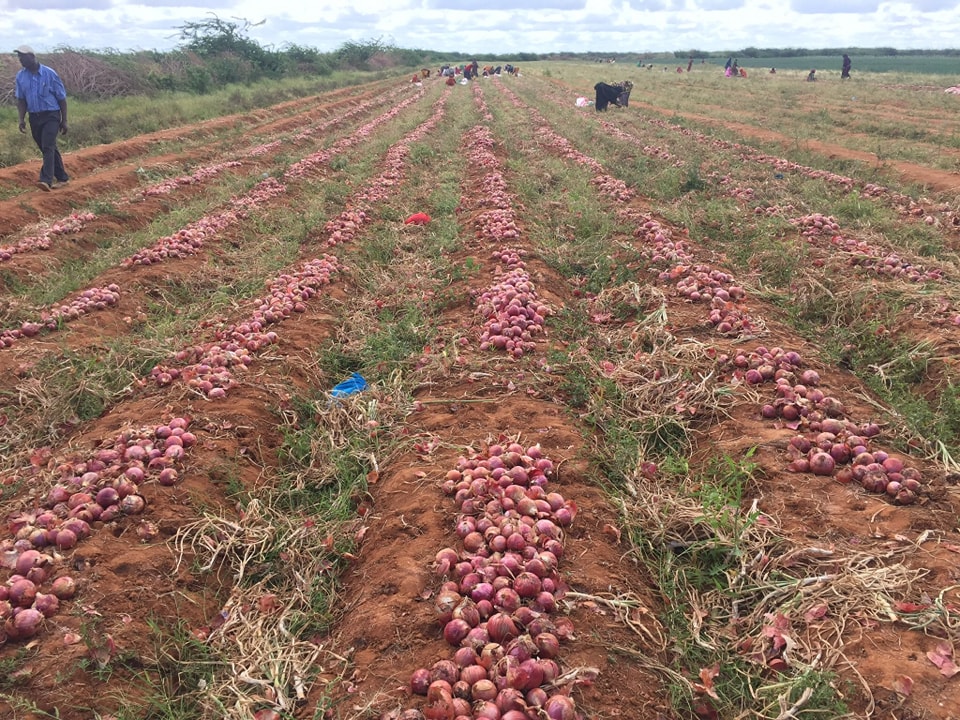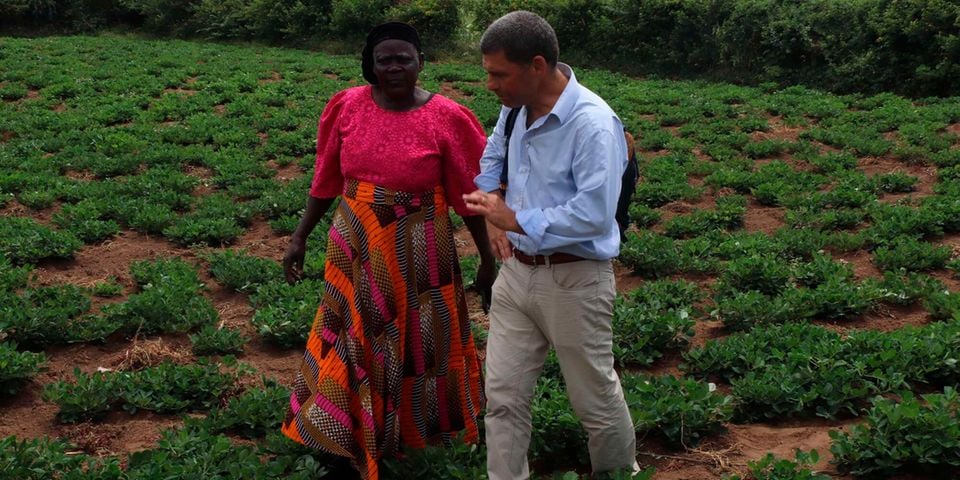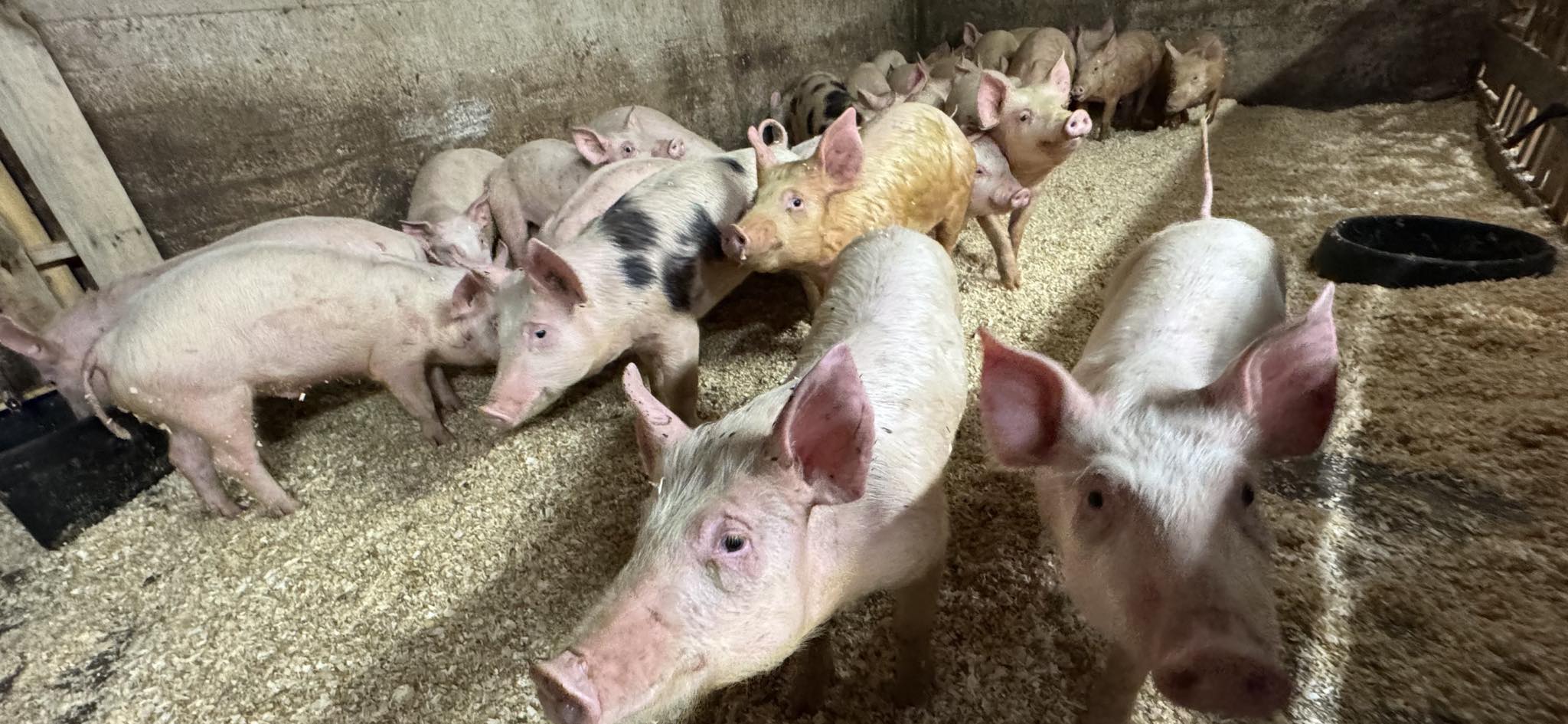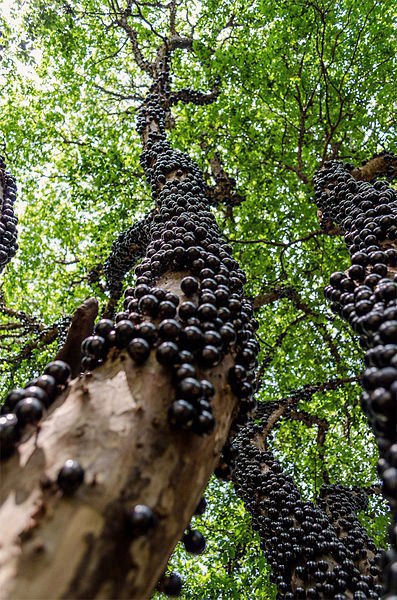STEP BY STEP METHOD ON HOW TO GROW ONIONS
Here is a step-by-step guide on how to grow onions:
MATERIALS NEEDED
Garden spade
Garden rake
Hand trowel
Watering can
Pruning shears
Gardening gloves
Measuring tape
PH soil tester
Sprayer
Mulch wilder
Harvesting knife
Storage baskets
STEPS
1.Choose Onion Variety: Select the type of onion you want to grow based on
your preference and local climate.
2.Prepare Soil: Ensure the soil is loose, well-draining, and enriched with organic
matter. Aim for a slightly acidic pH level.
3.Planting method: For the onion sets plant directly to the soil and for the
transplants, set the seedlings to the ground, making sure to bury the roots and keep
the tops above the soil.
4. spacing: Space onions sets or transplants according to the variety's
recommended spacing, typically 4-6 inches apart in rows spaced 12-18 inches
apart.
5. watering: keep the soil consistently moist but not waterlogged.
6. Fertilizing: Apply a balanced fertilizer, mostly high in phosphorus, at planting
and during the growing season to enhance bulb development.
7. weed control: Keep the onion bed free from weeds to avoid competition for
nutrients and water.
8. Harvesting: Onions are ready to harvest when the tops turn yellow and start to
fall over. Lift them gently from the soil and allow them to dry in a warm, well-
ventilated area.
9. Curing and storage: After they are dry, keep them in a cool and dry place with
good airflow.
10. crop rotation: To prevent soil-borne diseases and maintain soil fertility, rotate
onion crops with other unrelated vegetables in subsequent growing seasons.
COMMON ONION DISEASES AND THEIR POTENTIAL TREATMENTS
Botrytis Leaf Blight: It is characterized by grayish-white lesion on leaves, which
can also expand and cause leaves to wither and die.
Treatment- Remove and destroy infected plant materials.
Downey mildew: Characterized by yellow-green patches on leaves, grayish mold
on undersides of leaves.
Treatment- Apply fungicides containing pepper or maneb according to label
instructions. Also improve air circulation by spacing plants adequately.
Purple blotch: Purple-brown lesions with yellow halos on leaves, leading to leaf
dieback.
Treatment- Apply copper-based fungicides. Remove and destroy the infected plant.
White rot: white, fluffy fungal growth on bulbs and roots, stunted growth and
plant death.
Treatment- practice crop rotation, avoid planting onions in soils which were
previously infected with white rot.
Fusarium basal: yellowing and wilting of leaves starting from the base of the
plant, brown discoloration and decay of roots and bulbs.
Treatment- plant disease-resistant onion varieties, improve soil drainage and avoid
over-watering. Remove and destroy the infected plant.
Pink root: Pink colored roots and basal plate, stunted growth and reduced bulb
size.
Treatment- Improve soil drainage, avoid overwatering, and plant disease-resistant
onion varieties. Remove and destroy infected plant material.
Onion magots: Wilting and yellowing leaves, tunneling in bulbs and presence of
maggots.
Treatment- Apply insecticides containing spinosad or chlorpyrifos according to
label instructions. Use floating row covers to protect young plants from adult flies.
Nematodes: Stunted growth, swollen or distorted roots, yellowing and wilting of
foliage.
Treatment- Rotate crops with non-host plants, solarize the soil during hot months,
and plant nematode-resistant onion varieties if available.





